
Culture
21:43, 01-Feb-2019
Food has amazing powers
By Joseph Kim
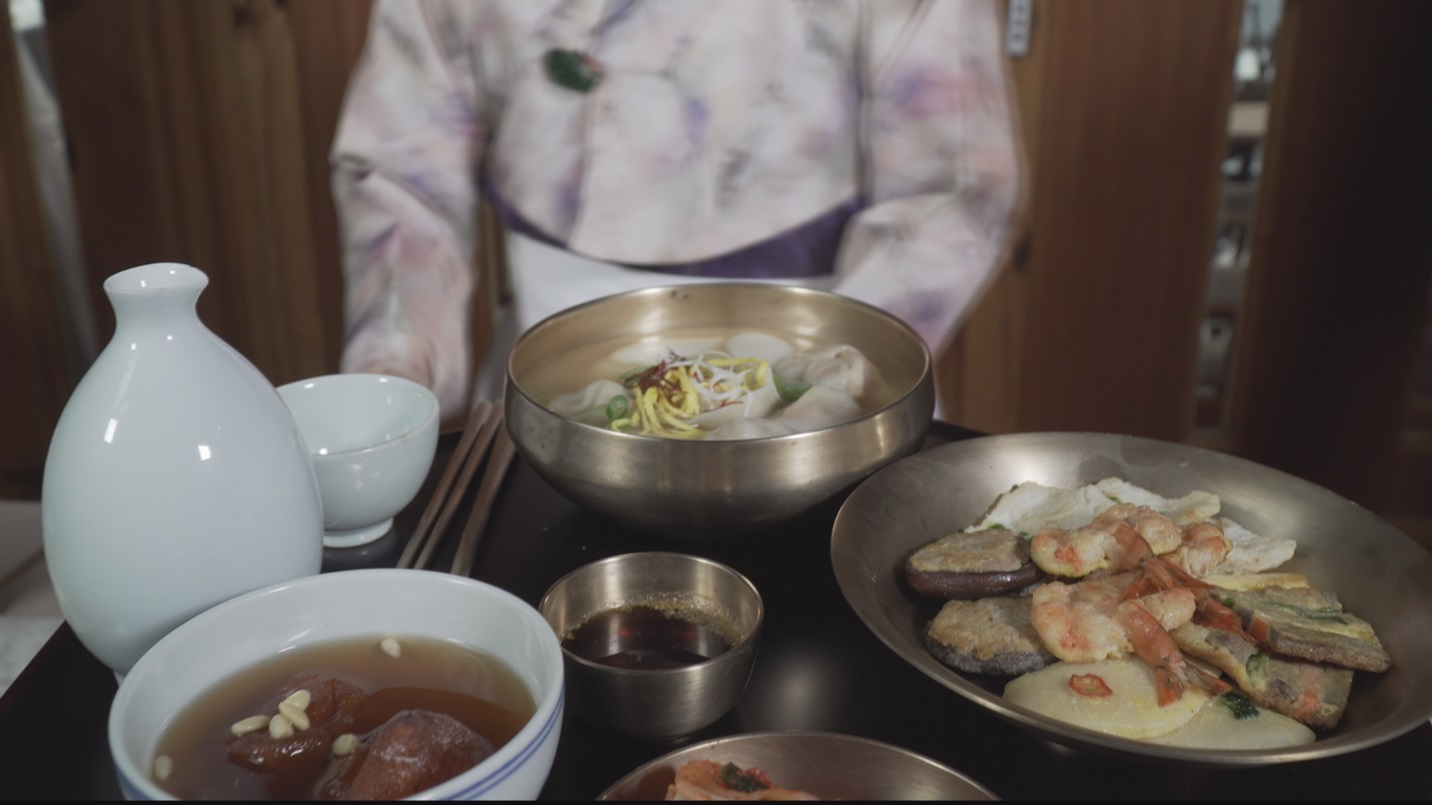
It creates commonplace and brings people together. It's representative, encompassing history and culture, and of the hard work of the person who made it.
For South Korea, it's no different. Food carries deep meaning. During Seollal, or the Lunar New Year, South Koreans eat tteokguk or rice cake soup. Eating it during the holiday means you've aged one more year. It's symbolic because food used to be very precious, so—sadly—instead of counting the days and years someone's been alive, Koreans would count the number of bowls of tteokguk they've eaten.
Many foods in Korea represent these earnest wishes for long life. Miyeok-guk, or seaweed soup on birthdays, to hope for good health, and noodles at weddings, to have a long and prosperous marriage. Another symbolic food is mandoo, which is also eaten during Seollal.
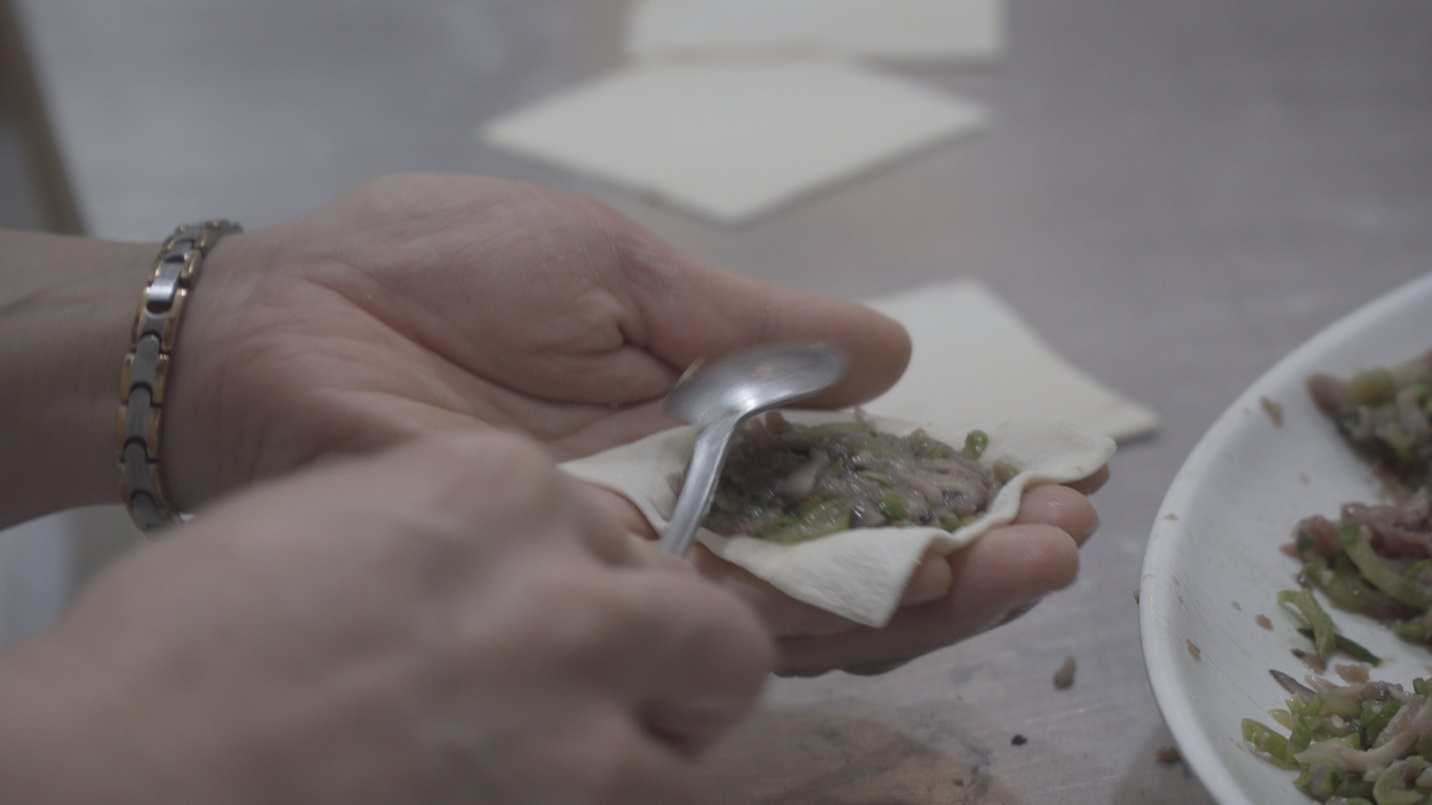
A cook makes mandoo, stuffing it with meat filling. /CGTN Photo
A cook makes mandoo, stuffing it with meat filling. /CGTN Photo
Mandoo is a Korean dumpling-like food. On the outside, a flour wrapper encompasses the stuffing that's inside—including meat (typically beef and pork), tofu, sweet potato noodles, scallion, and seasoning. Eating mandoo on Seollal means you're eating blessings for the New Year. Just as a mandoo is stuffed with filling, you are similarly, stuffing blessings into the wrapping. In other words, eating mandoo, you are eating a pouch of blessings.
The blessings have various meanings: for prosperity—that the year's work or harvest will be successful, for family and for health in the New Year.
To further learn about mandoo, I went to the Institute of Korean Royal Cuisine to meet president Han Bok-ryo. Han is the third generation master of the institute and the official holder of Important Intangible Cultural Property of Korean cuisine. She learned from her master chef mother who was taught by the late court lady Han Hui-sun.
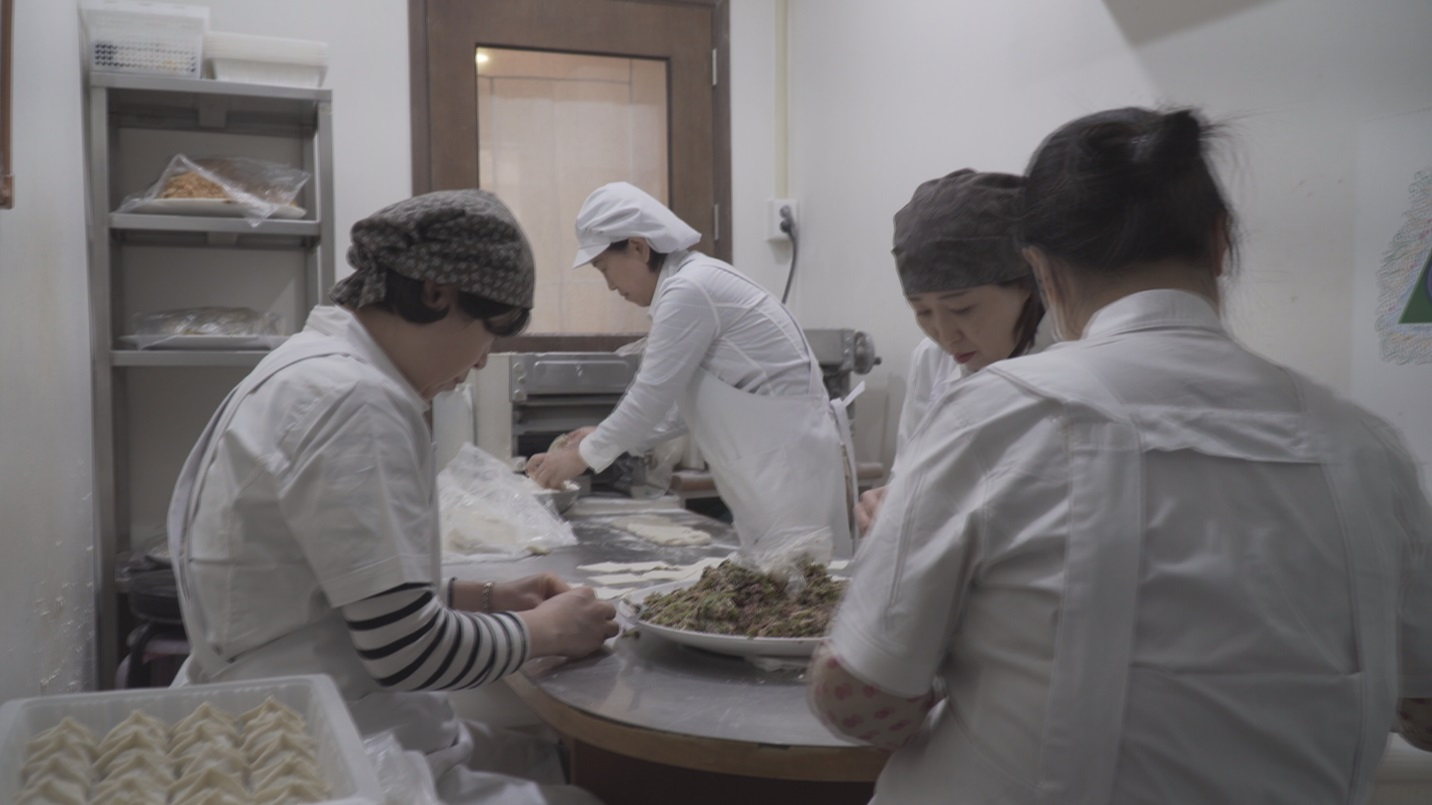
Women at Jaha Sonmandoo spend seven to nine hours a day to make mandoo. /CGTN Photo
Women at Jaha Sonmandoo spend seven to nine hours a day to make mandoo. /CGTN Photo
Looking at the roots of mandoo's spelling, Han suggested the food may have an influence from China, telling me the dish was eaten more in the north of the peninsula where wheat was more available. She also explained the differences from its Chinese counterparts, teaching me that Korean mandoo will always have a filling that is native to the Korean Peninsula—including kimchi.
But as the master taught me how to make mandoo, despite the food's symbolism and meaning, Han lamented how the dish is no longer as esteemed as it used to be. She said it was inevitable with ingredients becoming more readily available and not seasonal.
Across town, Park Hye-kyung, who owns a well-known mandoo restaurant, said she opened her store because of the memories of these traditions. When she was younger, she and her family made mandoo together on Seollal. She agreed that people don't have the time or energy to make mandoo as a family anymore but she still has hope she can package those New Year blessings in the mandoo she sells.
These observations, however, show change is brewing in South Korea. These customs no longer hold the importance they used to. "Familism is no longer as prevalent in South Korea as it used to be," professor Kye Seung-bum told me. "The younger generation does not feel the urgency to be with there families because they feel it's more important to survive and make a living on their own."
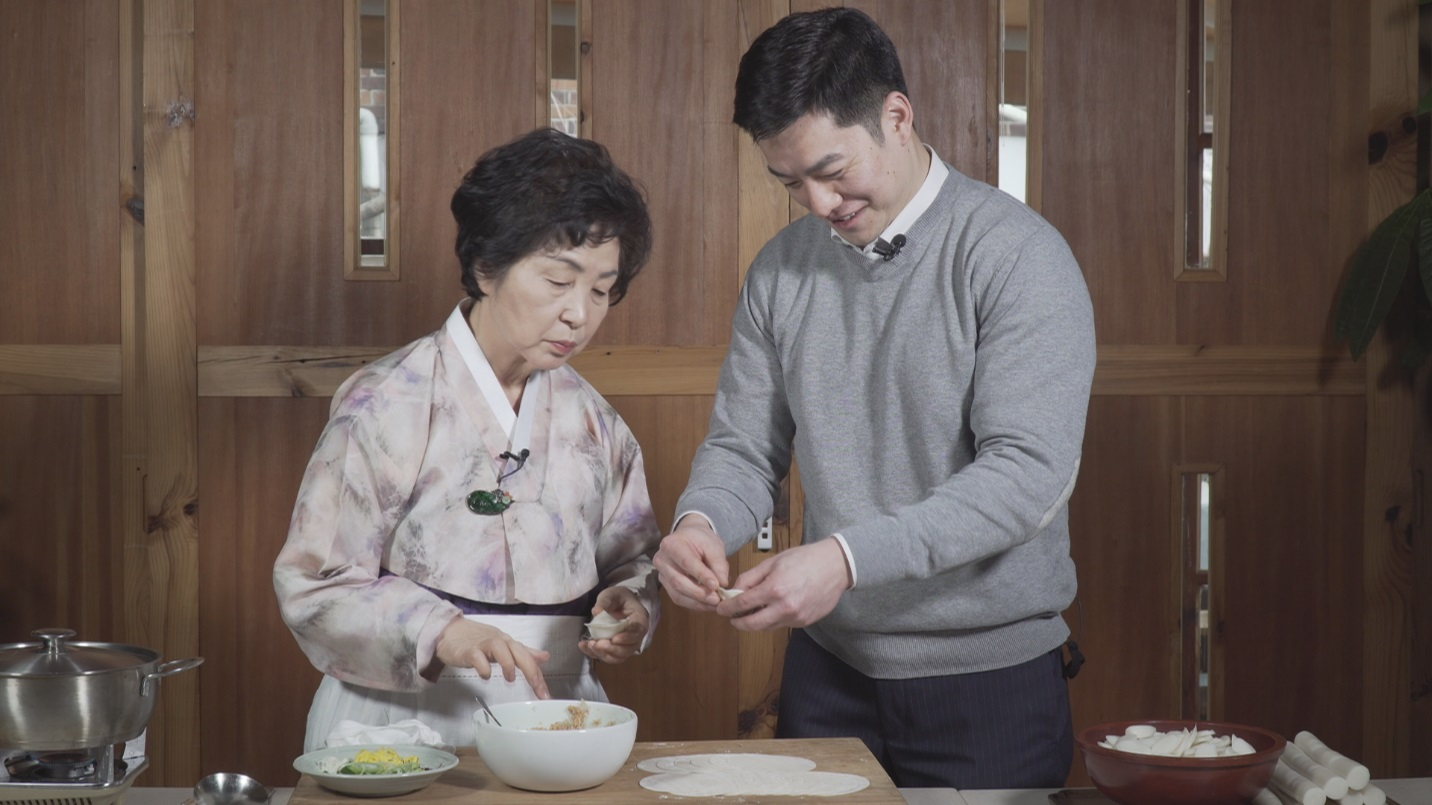
Han Bok-ryo teaches Joseph how to wrap a mandoo. /CGTN Photo
Han Bok-ryo teaches Joseph how to wrap a mandoo. /CGTN Photo
These changes are part of a larger trend that is occurring. Though Seollal and Chuseok, or Autumn Eve Festival, were traditional holidays South Koreans spent with their families, more and more South Koreans are using it as an opportunity to go abroad. And the rejection of these customs is more complex than simply suggesting the younger generation doesn't care about tradition.
Around the time mandoo is believed to have been introduced to South Korea from China in the 14th century, Confucius ideology from China also grew in popularity. Although it didn't affect Korea's male-centric political structure, the philosophy greatly impacted power dynamics within the family. In centuries before, when a man and woman got married, the typical expression was the man went "jang-ja". This loosely translated to the husband entering the wife's family because they would first spend their time as newlyweds at the wife's parents home. Similarly, women weren't excluded from inheritance rights or owning property and their names weren't erased from the family tree.
This all changed with Confucianism.
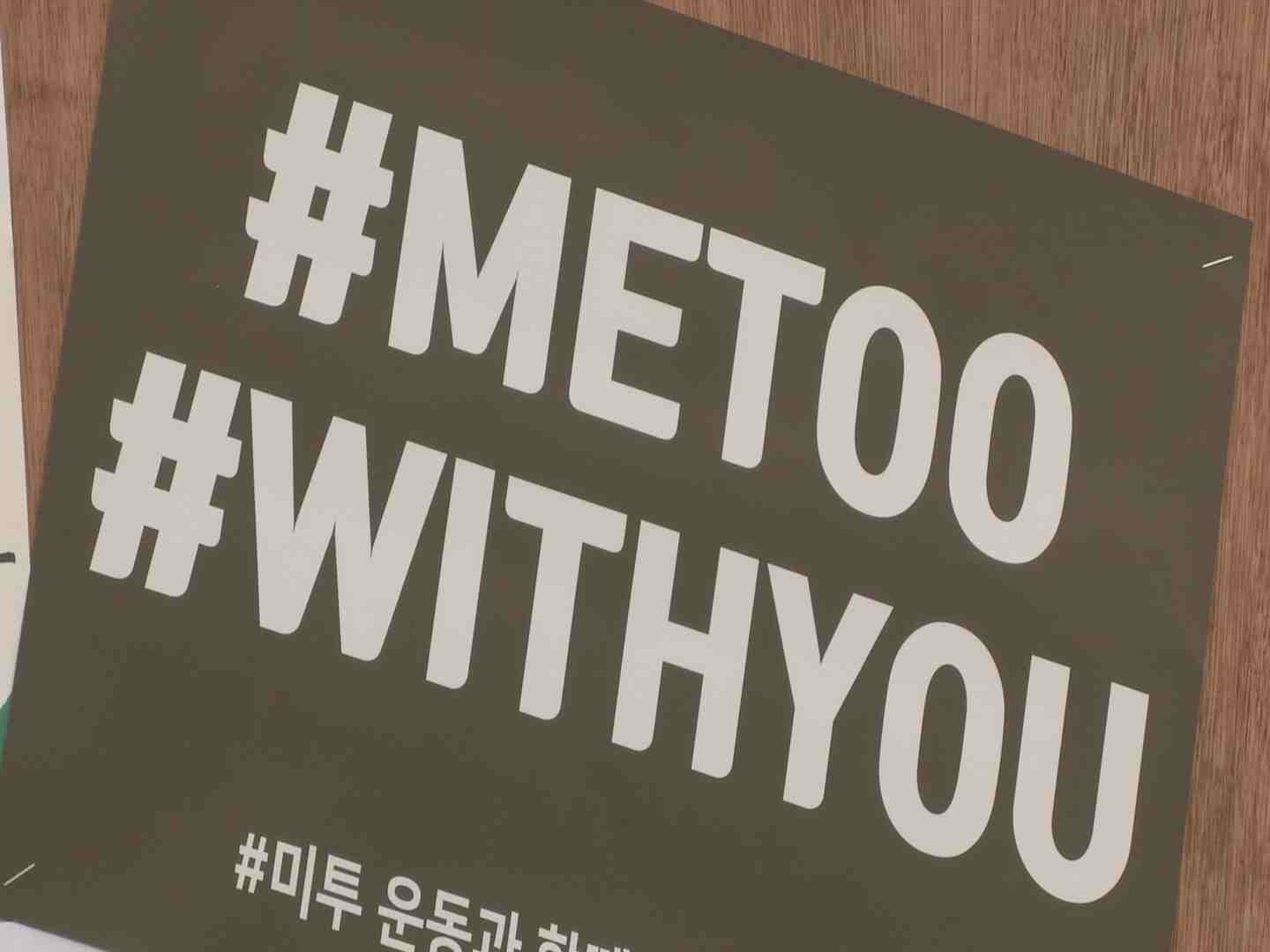
#MeToo movement in South Korea exploded last year. /CGTN Photo
#MeToo movement in South Korea exploded last year. /CGTN Photo
The Korean atomic family became male-oriented, with the man at the head of the household. Women were excluded from owning property, getting the family inheritance and she no longer had any rights to be considered a legitimate member of the family. The expression for marriage also vastly changed, where it was no longer "jang-ja" but instead that the woman went "si-jib" and it represented that the wife entered the husband's family.
Throughout the years, this male-oriented mentality has infected every aspect of South Korean society. It was clearly seen within the family on days such as Seollal, where women would have to undertake massive preparations, traditionally two months ahead of time, to make food in order to honor the husband's ancestors.
In recent years, however, there's growing discontent with the male-oriented mindset of South Korea. The #MeToo movement has grown fierce in the country and more and more women are rejecting marriage due to the social and family disparities they face. So while mandoo may be precious and full of tradition, as Han Bok-ryo and Park Hye-kyung told me, for South Korean women, the rejection of the food and of what Seollal represents may be an even more important part of history that's going to emerge.

SITEMAP
Copyright © 2018 CGTN. Beijing ICP prepared NO.16065310-3
Copyright © 2018 CGTN. Beijing ICP prepared NO.16065310-3